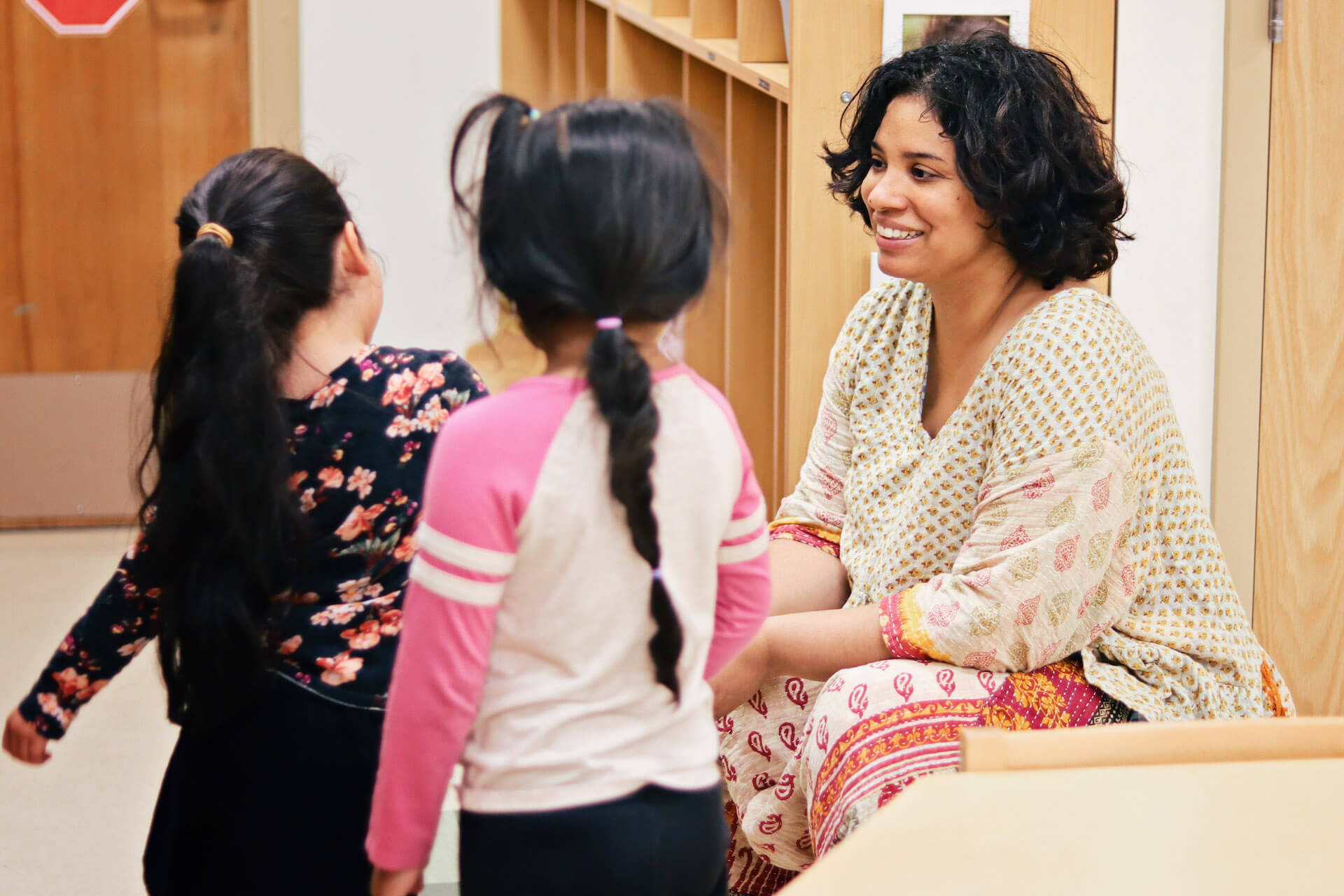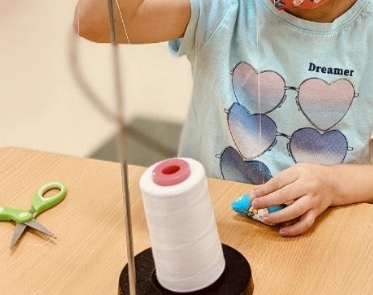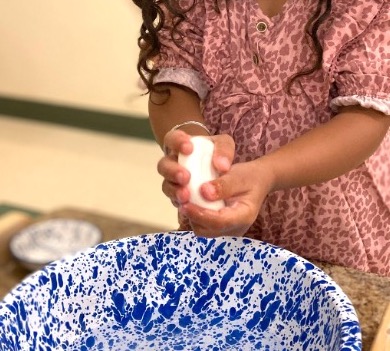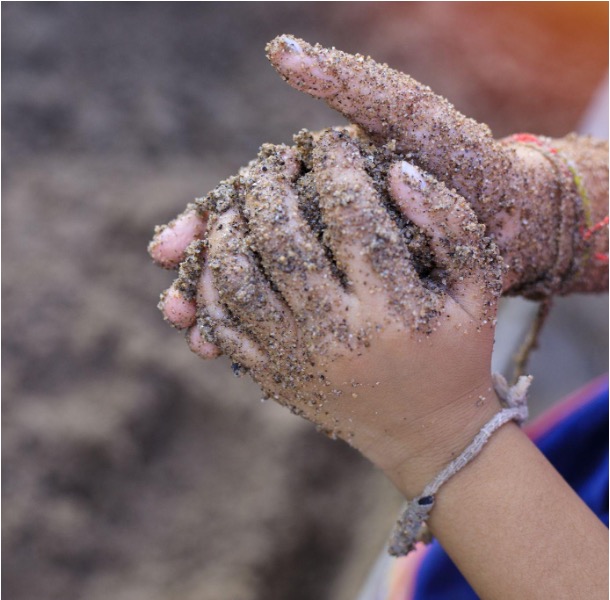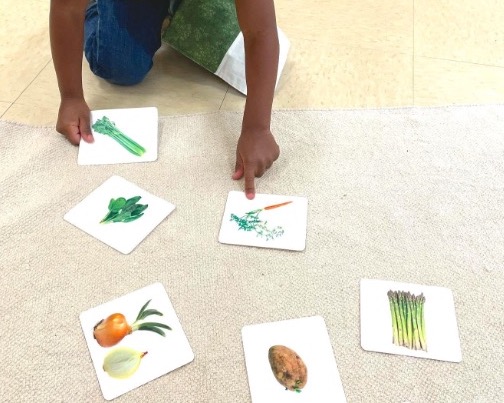Why Montessori
The Benefits of Montessori
We chose Montessori because it’s what we know well, and because:
- Montessori teachers are trained to track and interpret each child’s individual development and present new materials and lessons as the child’s skills progress.
- Montessori classrooms provide 2–3 years for the student and teacher to build a trusting relationship that supports learning and independence.
Children learn together:
- where children have the freedom to work with their peers or alone.
- when children can learn from and teach each other.
- when older students model positive group norms for younger students & also see themselves as leaders.
Children learn best when:
- all their senses are engaged, and they enjoy learning
- they receive individual short lessons which model the use of the materials and then can practice the skill independently
- they choose their “work” and are able to deeply focus and be immersed in their work

Montessori Classrooms Are Well Researched and Are Designed for Children.
Montessori in the Classroom
In a beautiful classroom sized just for them, children confidently pursue the skills and knowledge they need.
Guided by highly trained adults and surrounded by materials created to appeal to and support their stage in development, the children gain social and educational skills to support lifelong learning and adult wellness.
Play is the work of the child.
– Dr. Maria Montessori
The Montessori Educational Method
Developed in the late 1800’s by Dr. Maria Montessori, a physician and scientist, the Montessori method grew out of her careful observation of children and how they naturally learn and grow.
In 1906 the first Montessori classroom, or “Children’s House” was opened in Rome serving very young children who were impacted by family poverty.
Dr. Montessori noticed something profound: young children when given a well-prepared classroom and freedom to explore naturally engaged in learning. They seek new skills which build off of skills they have learned. Growing brains are still grappling with language, so small children learn best with minimal verbal instruction, through movement, color, sensations, and repetition. Dr. Montessori designed a wide range of educational materials that are found today in Montessori classrooms.
Maria Montessori believed in children, and her classrooms were designed to allow them to explore, grow and gain confidence.
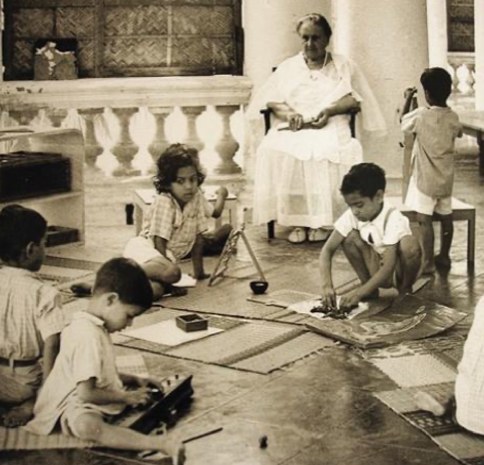
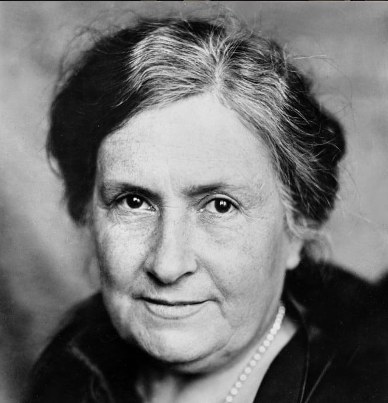
The goal of early childhood education should be to activate the child’s own natural desire to learn
– Dr. Maria Montessori
